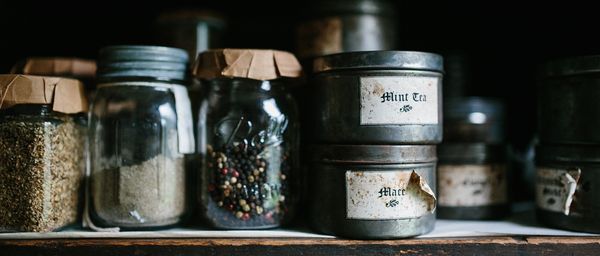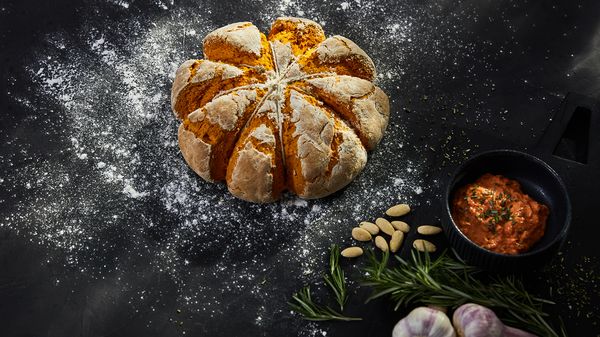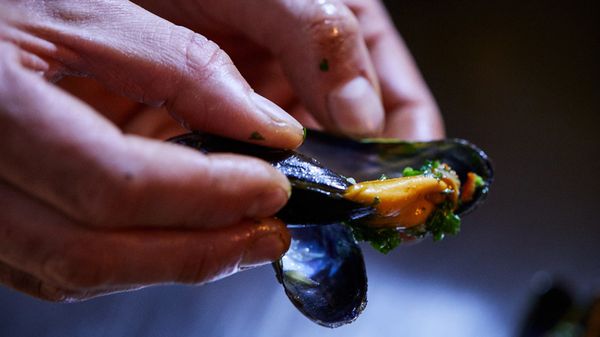Read all about how to store your shopping so that it keeps for longer.

THERE ARE A NUMBER OF ADVANTAGES TO CLEVER STORAGE. THIS ISN’T SOMETHING WE HAVE ONLY DISCOVERED SINCE THE CORONAVIRUS PANDEMIC.
There was a huge pantry next to my grandma’s kitchen, packed with thousands of preserving jars, spices, potatoes and some products that I couldn’t even pronounce as a child. Whenever she disappeared into the pantry, I knew that she would conjure up a tasty meal on my plate with the ingredients – because many a pickled treat turned into something particularly aromatic as a result of being kept on the shelf in that cool room. Many years later, the Covid-19 pandemic reminds us that clever storage is anything but old-fashioned. It’s not about hoarding and stashing away unnecessary purchases after panic buying. It is more about the efficient storage of food in a sustainable and economic manner, which is highly advantageous when you suddenly get the urge to start cooking.
Incidentally, you don’t necessarily need a pantry because modern storage containers and systems are also suitable on open shelves and can even serve as eye-catchers. So it is finally time to find a place for everything and ensure that everything is in its place in the kitchen. This brief storage guide will help.
REFRIGERATOR
The refrigerator is at the heart of modern storage. Special chilled and climate zones ensure that food is kept at its optimal temperature, as long as the fresh produce has been correctly sorted. The temperature gradually rises from the lower to the upper sections.
Easily perishable types of food like fresh fish and meat as well as cold cuts and hard cheese should therefore be kept at the bottom in the coldest part of the refrigerator. Above these are dairy products such as yoghurt, cream and soft cheese. Less sensitive types of food can be kept further up: jam, mustard, opened sauce bottles and leftover food can thus also be kept cool.
Butter and eggs belong at the top of the door where the temperatures are milder, while drinks such as fruit juice or lemonade efficiently cool in the lowest door compartment.
Due to the high humidity level and temperatures around freezing point, fruit and vegetables stay fresher for longer in the crisper drawer and vitamins and minerals are largely preserved. Note: Tropical and citrus fruits as well as vegetables that are sensitive to the cold, such as cucumbers, tomatoes and avocados, do not belong in the refrigerator. It is also the wrong place for potatoes, because it causes them to lose their taste and flavour.
KITCHEN CUPBOARDS
Mainly dry products with long shelf lives that are used on a frequent basis should be kept in cupboards. When cleverly arranged, cereal products, dried legumes and pasta, coffee, cocoa and tea, cooking oils and unopened tins will thus find a dry place that protects them from direct sunlight. Oils that are not in lightproof bottles should also be kept in a dark cupboard so that they retain their flavour. Tip: Check your inventory on a regular basis, because even these types of food have a best-before date!
PANTRY, CELLAR AND BALCONY
Before the refrigerator was invented, people stored their harvest underground, because it was cool in the cellar. Even today, a cellar, an unheated pantry or a balcony (if there is no frost!) is ideal for storing greens, root vegetables, potatoes, onions, garlic, native firm fruit or home-made preserves. Tip: Keep them in air-permeable, lightproof storage containers.




